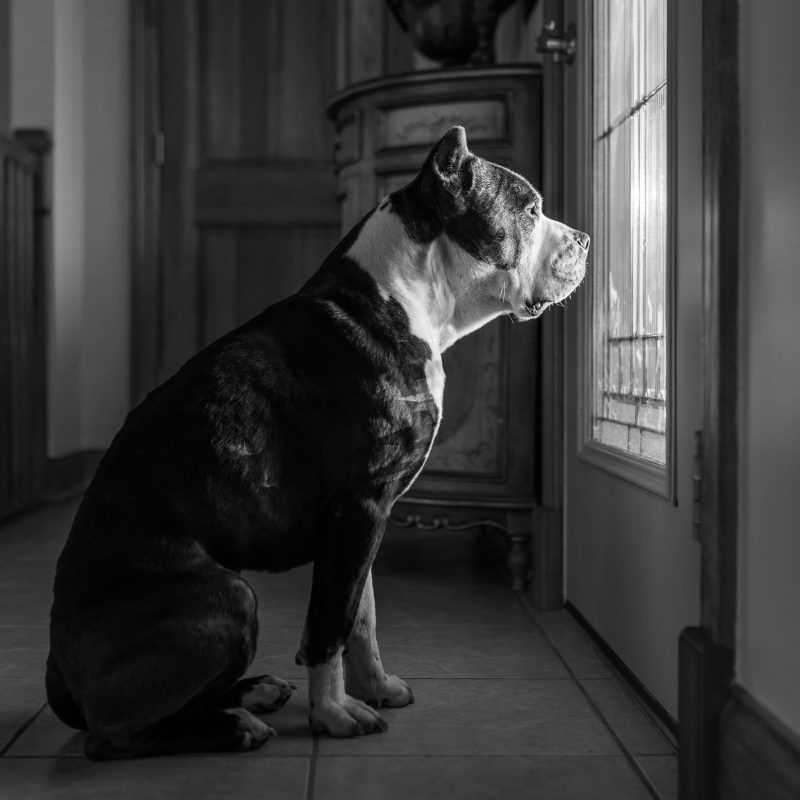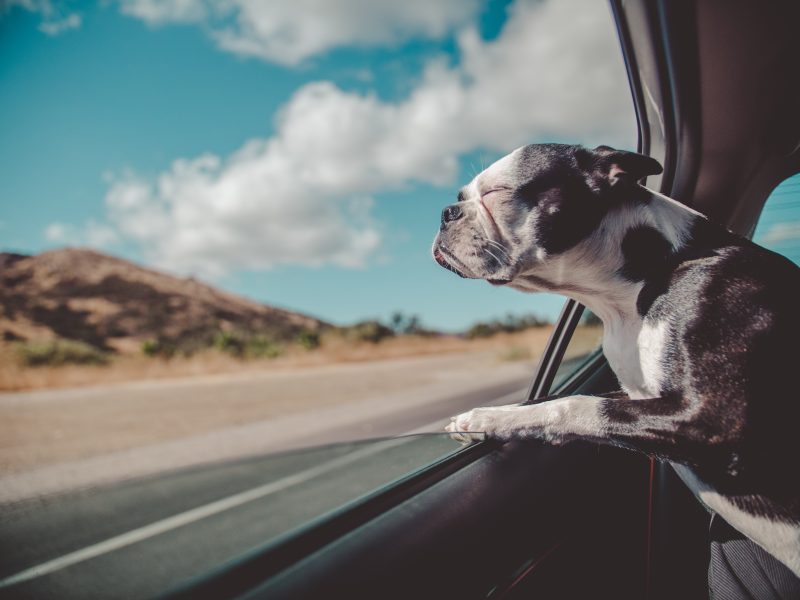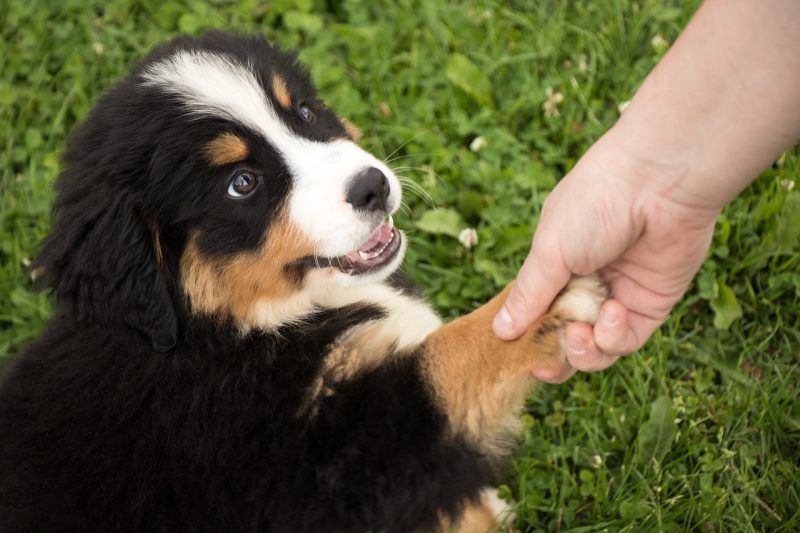Understanding Dog Anxiety
We know dogs as a wonderful companions, providing endless love and support. However, like all living beings, they too can experience feelings of unease and stress. Luckily, there are known causes and symptoms to look out for to address dog anxiety. It’s essential to understand our dog’s anxiety and take the necessary steps to ensure a happier and healthier life.
What Causes Dog Anxiety?
Dog anxiety comes in many forms. Knowing the triggers will lead to identifying the underlying causes. This will ultimately help identify what steps you can take to reform your dog’s life.
Separation Anxiety

Separation Anxiety is the most common type of dog anxiety in dogs. Each dog’s reactions to their stress and anxiety may vary. Often, they will exhibit destructive and worrisome behavior when being left alone, separated from their owner or other pets, or experiencing a change in their daily routine.
- Excessive barking howling or whining
- Pacing and restlessness
- Destructive behavior such as chewing furniture and scratching doors
- Excessive drooling
- Refusal to eat
- Depressive behavior such as lack of interest or activity and lethargy
Noise Phobia
Dog noise sensitivity is when a dog’s awareness to noise is heightened and may cause some discomfort. This is not to be confused with noise phobia in dogs. While they both involve how a dog may react to loud, startling, or unusual noises, they are not the same thing. Noise phobia is when a dog exhibits a much more severe reaction characterized by intense fear and anxiety. Symptoms may include the following.
- Trembling
- Panting
- Pacing and restlessness
- Drooling
- Hiding or trying to escape
Social Anxiety
Social anxiety in dogs can be comparable to what we humans feel when interacting in our daily lives. Sometimes we feel nervous or uncomfortable in new environments with unfamiliar people. Similarly, your pup may feel nervousness and discomfort. Noise phobia in dogs are these feelings so intense that it results in fear and distress. Symptoms may include the following.
- Cowering and shaking
- Inappropriate urinating and defecating
- Excessive Barking
- Signs of Aggression
Travel Anxiety

While many dogs love car rides, for some dogs the experience is quite the opposite. Travel anxiety in dogs may come from unfamiliarity with vehicles, motion sensitivity, or even negative associations with car rides. Symptoms may include the following.
- Excessive drooling and panting
- Barking and whining
- Pacing and restlessness
- Vomiting associated with nausea
Separation anxiety, noise phobia, social anxiety, and travel anxiety are all concerning issues that can impact both you and your dog’s quality of life. Now that you’re familiar with the types of anxiety that dogs experience, delve deeper to see what steps you can take to provide your furry friend the support they need.


